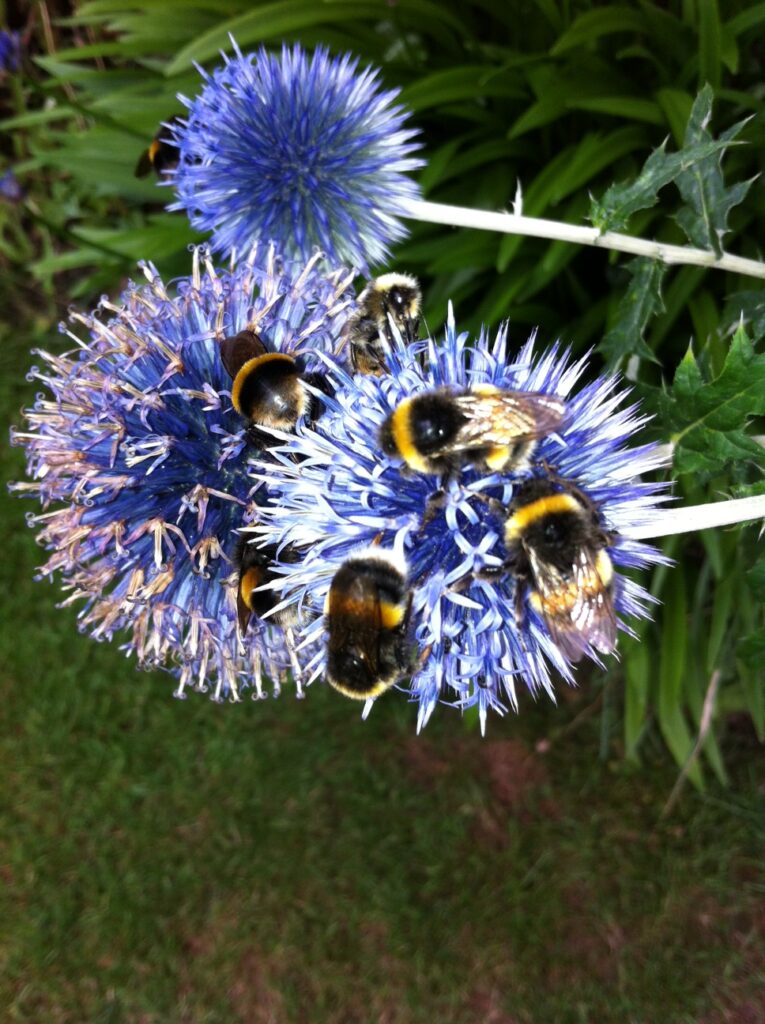Dear Integral Meditators,
Inner silence is often spoken of as one of the main goals of meditation, but how can you go about getting there? In this week article I talk about something called the “sound of silence” as an object of meditation that can really help enhance our capacity to move into a space beyond thought without too much difficulty.
In the spirit of silence,
Toby

Meditating on the Sound of Silence
When I was young I can remember sitting in my bedroom, or lying on the bed and becoming intensely aware of in inner ‘ringing’ in my ears that became louder and more prominent the quieter my surroundings became. I used to enjoy just listening quietly to this sound and allowing my mind to become free from thought almost effortlessly as a side effect of listening.
Now that I am an adult and a meditator, I find that this inner “sound of silence” makes a very pleasant object of meditation; it is constant, relaxing and, with a little practice you can learn to ‘hear’ it even when there is quite a lot of sound around you. Because it is constant and continuous, it is has a natural relaxing effect on the mind, which gently encourages us to enter into a state of non-thinking.
One way in which you can encourage a greater sense of stillness and silence as you are listening is to focus on your brain and try and find the inner space or cavity in the middle of the brain that the Taoists call the “cavity of original spirit”. This is an actual space in the centre of the brain where, if you place your attention there you find that there is no mental activity whatever, it is literally a silent space that you can find by exploring and finding it using your own awareness. It is in the area where the thymus and hypothalamus are located in the brain, but you really don’t need to know too much about the brains actual anatomy, if you just go into the middle of your brain and explore, you’ll find that there is a specific place where, if you place your attention there it has a naturally quietening effect upon the mind.
Meditating on the sound of silence:
So, a basic meditation on the sound of silence would look something like this:
- Sit down somewhere reasonably quiet and focus on listening. After a short while you will start to become aware of a gentle high pitched sound within the ear that is ever present, but that becomes especially prominent when everything around is quiet. Once you have found the sound of silence, simply focus on it gently and allow your mind to relax into the experience.
- If you want to, you can then enhance the depth of the silence by combining your focus on the sound of silence with deliberately locating your attention in the central area of the brain, or “cavity of original spirit” as explained above.
- Remain focused in this way for as long as you wish, it makes a great short three minute meditation, but you can also use it as a way of moving to deeper, expanded states of consciousness in longer meditations.
- Once you have finished the meditation, do take time to ground yourself fully into your physical body and environment, particularly if it is a longer meditation!
© Toby Ouvry 2013, you are welcome to use or share this article, but please cite Toby as the source and include reference to his website www.tobyouvry.com


 Shifting Down the Gears – On Meditation and Power Napping
Shifting Down the Gears – On Meditation and Power Napping
 How Much Happiness Are You Prepared to Tolerate?
How Much Happiness Are You Prepared to Tolerate?
 What is the Quality of Your Calm?
What is the Quality of Your Calm? Four Types of Deep
Four Types of Deep